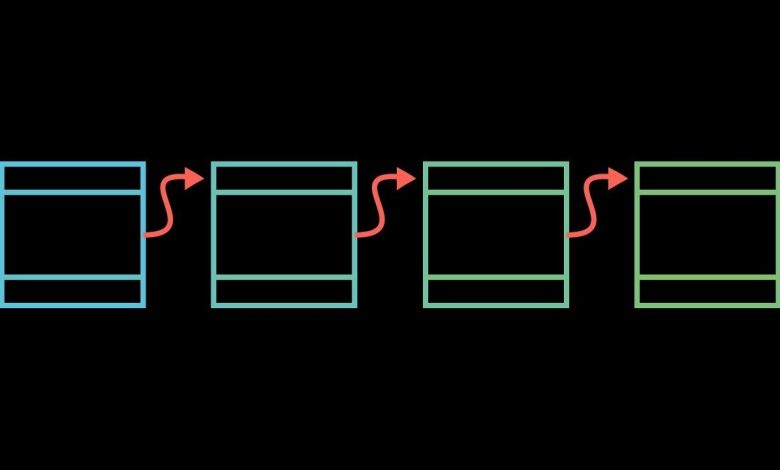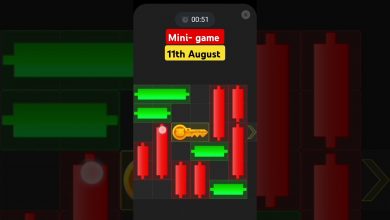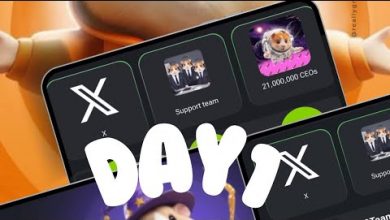But how does bitcoin actually work?

The math behind cryptocurrencies.
Help fund future projects: https://www.patreon.com/3blue1brown
An equally valuable form of support is to simply share some of the videos.
Special thanks to these supporters: http://3b1b.co/btc-thanks
This video was also funded with help from Protocol Labs: https://protocol.ai/join/
Some people have asked if this channel accepts contributions in cryptocurrency form. As a matter of fact, it does:
http://3b1b.co/crypto
ENS: 3b1b.eth
2^256 video: https://youtu.be/S9JGmA5_unY
Music by Vincent Rubinetti: https://soundcloud.com/vincerubinetti/heartbeat
Here are a few other resources I’d recommend:
Original Bitcoin paper: https://bitcoin.org/bitcoin.pdf
Block explorer: https://blockexplorer.com/
Blog post by Michael Nielsen: https://goo.gl/BW1RV3
(This is particularly good for understanding the details of what transactions look like, which is something this video did not cover)
Video by CuriousInventor: https://youtu.be/Lx9zgZCMqXE
Video by Anders Brownworth: https://youtu.be/_160oMzblY8
Ethereum white paper: https://goo.gl/XXZddT
Timestamps:
0:00 – Introduction
2:25 – Ledgers and digital signatures
7:21 – The ledger is the currency
10:06 – Decentralization
12:26 – Cryptographic hash functions
14:38 – Proof of work and blockchains
19:42 – Double spending
21:41 – Block times, halvenings, and transaction fees
24:40 – Thanks
Thanks to these viewers for their contributions to translations
Italian: @lcl45
——————
Animations are largely made using manim, a scrappy open-source python library. https://github.com/3b1b/manim
If you want to check it out, I feel compelled to warn you that it’s not the most well-documented tool, and has many other quirks you might expect in a library someone wrote with only their own use in mind.
Music by Vincent Rubinetti.
Download the music on Bandcamp:
https://vincerubinetti.bandcamp.com/album/the-music-of-3blue1brown
Stream the music on Spotify:
If you want to contribute translated subtitles or to help review those that have already been made by others and need approval, you can click the gear icon in the video and go to subtitles/cc, then “add subtitles/cc”. I really appreciate those who do this, as it helps make the lessons accessible to more people.
——————
3blue1brown is a channel about animating math, in all senses of the word animate. And you know the drill with YouTube, if you want to stay posted on new videos, subscribe, and click the bell to receive notifications (if you’re into that).
If you are new to this channel and want to see more, a good place to start is this playlist: http://3b1b.co/recommended
Various social media stuffs:
Website: https://www.3blue1brown.com
Twitter: https://twitter.com/3Blue1Brown
Patreon: https://patreon.com/3blue1brown
Facebook: https://www.facebook.com/3blue1brown
Reddit: https://www.reddit.com/r/3Blue1Brown
source






If you see comments here about investing or brokers, they are scams. Videos about cryptocurrencies, evidently including ones that are just about the underlying technology/math, are hotbeds for attracting nefarious actors preying on the impressionable.
Also, hi! If you’re new to this channel, most of it is about visualizing math. I get it, you probably landed here searching for how BTC works, not to spend your afternoon getting pulled into learning about, say, prime numbers or problem-solving, but if you have a moment take a look at the rest of the channel, you may enjoy what you find.
Thank you soo much
A laudable explanation of bitcoin, even if those who hawk its virtues as a remedy for our crumbling economies are exactly the kind of people (i.e. the ruling elites and capitalists) who are the cause of such problems.
2:30 ledger 帳本 Digital signatures 電子簽名
0.001 BTC transaction fee looks funny in 2022, as well as 50 BTC reward for one block
Bitcoin was founded in 2009 by a pseudonymous person or group called Satoshi Nakamoto.
Bitcoin has no central authority that controls it.
The maximum amount of Bitcoin is 21 million.
The subdivided unit of Bitcoin is called Satoshi.
Bitcoin is legal in most countries.
Bitcoin can be exchanged for other currencies and products.
If I accidentally add my block to a shorter chain, are all my computations in vain?
why so hard
Too good
20:05 so what keeps Alice from making a fraudulent transaction, and broadcasting it to everyone not just Bob? If she broadcasts it to everyone, she doesn't have to mine.
So to clarify, there are two measures of security:
1. The digital signatures using secret / public keys: This authenticates transactions and doesn't allow people to change transactions after it has been signed, because the message and secret key make the signature. I.e. it lets me know that no one is stealing money from me.
2. The hash for the block of transactions: After making sure each transaction is valid with a signature, we want everyone else in the world to know the valid transaction happens. I.e. that the money is transferred and people know person A now has 10 LD from person B.
Together these two provide the following: Makes sure every transaction on the block is true (1). Makes sure everyone knows all the true transactions (2).
If (1) fails, then you can make fake transactions. If (2) fails, then even if you have real transactions no one will believe you.
Is this line of thinking correct?
THE BEST EXPLANATION!
A melhor explicação sobre BTC que eu ja vi.
You should make an updated video about PROOF OF STAKE, and other Cryptocurrencies
Would of been good if you elaborated why bitcoin blocks are the size they are. It becomes difficult for people to maintain and hold a copy of the ledger the bigger the blocks get. This makes it easier for bad actors to potentially fraud someone on the network.
I absolutely loved this video. I love how deep into the nitty gritty you go, no other explanation has gone that far that I've found and the fact that this video is 5 years old is astounding.
can you make a video explaining proof of stake?
The biggest issue with the blockchain is privacy. Since it publicly tracks all transactions there really is no way to pay anyone without it being public record. Every transfer of funds, be it a tip, gift or payment then it is publicly logged.
Hello there! The people who actually understand crypto are truly the backbone of the market and the driving force behind all the innovation we are seeing. For anyone and everyone who understands crypto and helps others understand it, I thank you all!
If you don't mind answering, I have a little doubt.
Since 3Blue1Brown said that transaction fees is slowly becoming the major income source for miners as block reward diminishes, what if, in the future, miners choose to include only those transactions in their blocks which include transaction fees?
Would we always have to pay a little more each transaction so as to please the miner and make him include your transaction to the block?
Who is to stop the miners from doing that? Having to always pay more than needed would be very bad for the users and that might just erase people's trust in the crypto market.
Like my dad has actually stopped using credit cards because they always charge 1% service charge per transaction, and so he had to pay more than he wanted to. This way, they lost a customer. Will the same happen to crypto market if the scenario I described above happens?
Thanks in advance!
First time I've actually understood bitcoin. Thank you.
Thanks!
Amazing video!
this is probably the best explanation on blockchain and bitcoin thank you .
Thanks buddy
Right now it doesn’t, as I understand it.
It's ggod to have a reasonable explanation